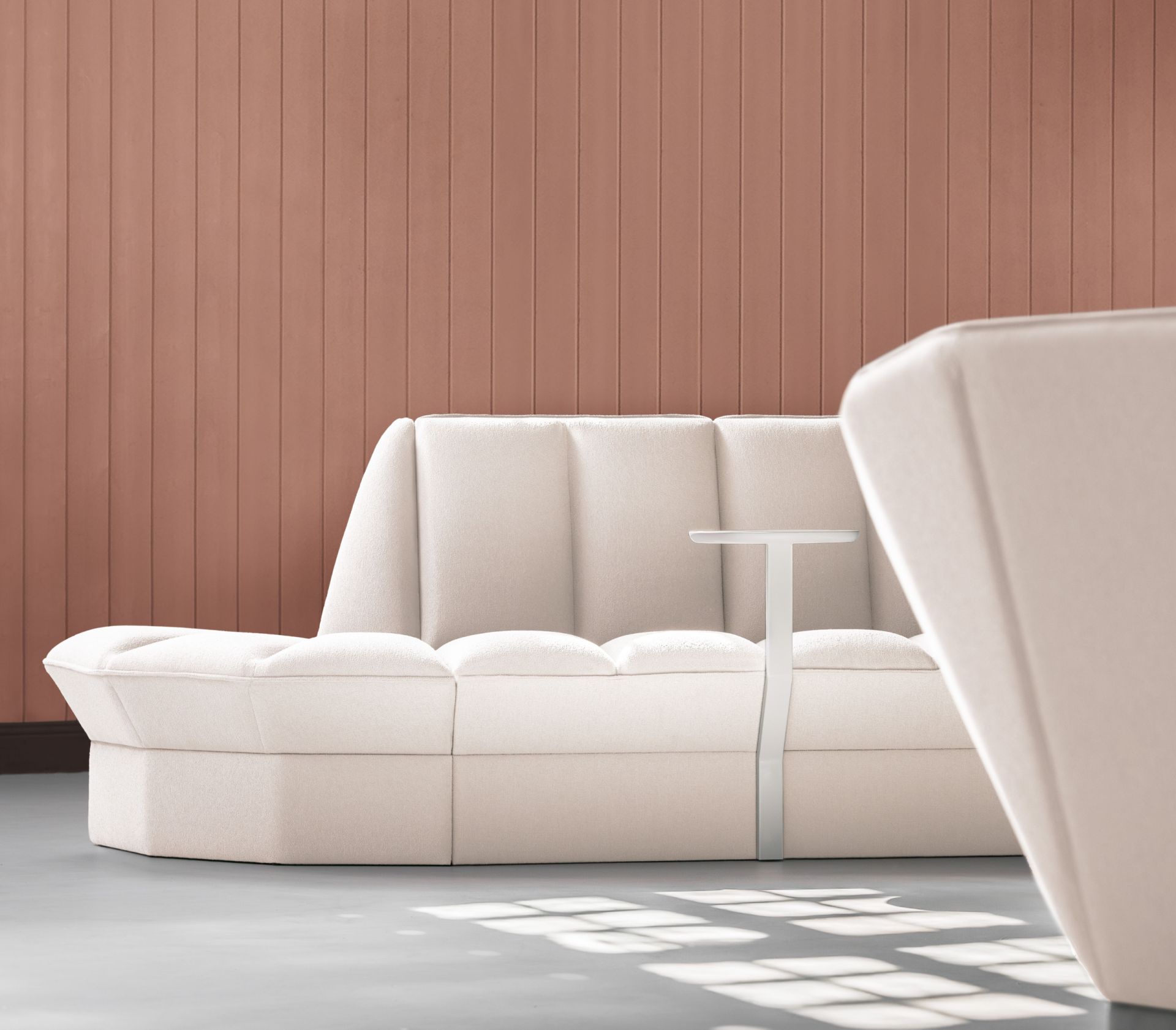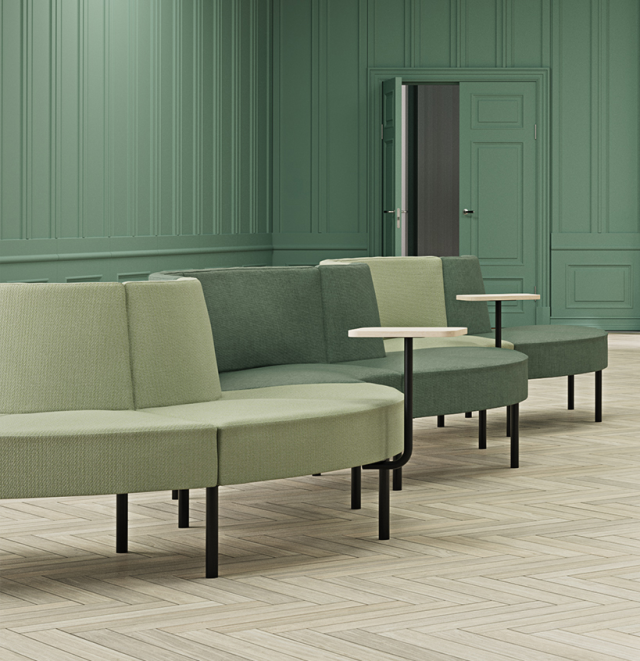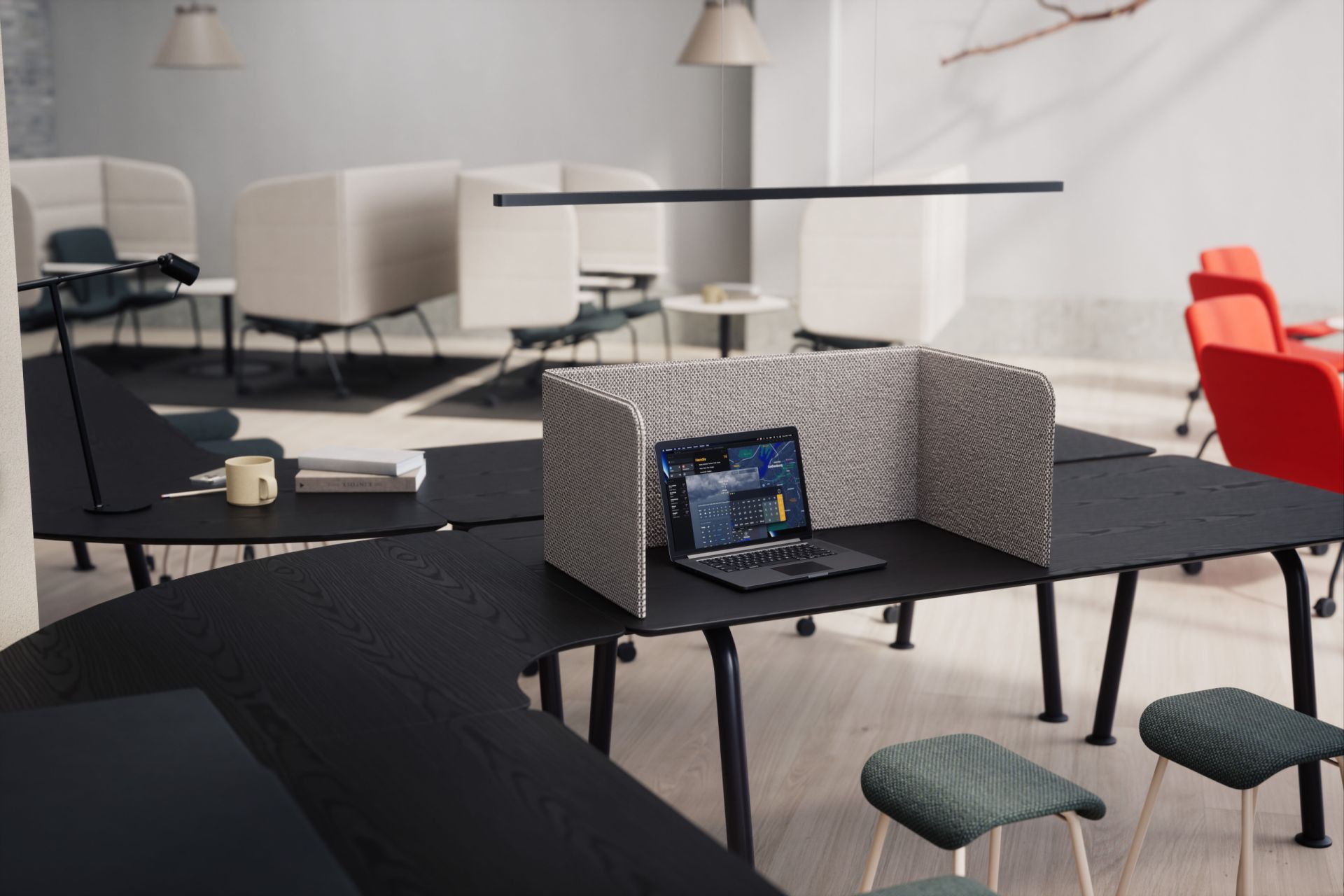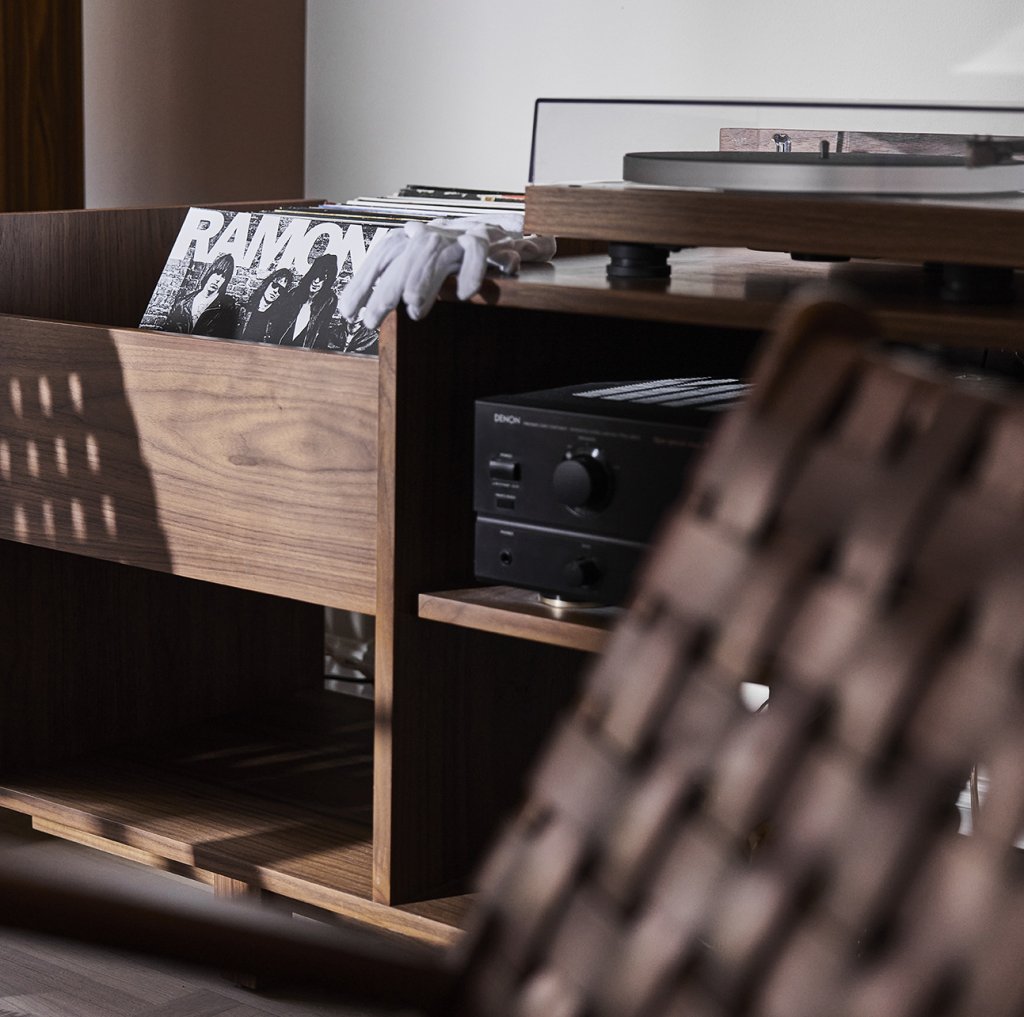
How we’re affected by light and sound at work
The neurodesign concept has become an important interior design aspect in private and public settings. It includes form, function, lighting, perception, texture, movement, sound and stimuli. What impact do lighting and sound have at the workplace?
What is the impact of lighting?
The physical layout of a workplace has a major impact on collaboration and well-being. A report from the Swedish Work Environment Authority also shows that some work is more exposed to problems related to light, such as VDU work where poor lighting increases the risk of red eyes, itching and blurred vision. Naturally, people need light in order to see, but light also affects well-being, alertness and the circadian rhythm, especially the sleep cycle. If employees often feel tired and unable to focus, poor light may be the culprit. In a study carried out on rats by neuroscientists at Michigan State University, the rats lost 30 per cent of their learning ability and memory when kept in low light conditions. Because people prefer natural light, lighting in the workplace should mimic it by being dynamic or adjustable. It can make them feel more alert and healthier. The lighting in meeting rooms is another important aspect, as is being able to draw any curtains to adjust the daylight. As more and more meetings take place remotely, light must be good enough for participants to see each other properly during a video meeting.

One way to work with natural light in open plan offices could be to install lighting that is yellower in the morning to mimic the light of dawn, then bluer and colder in the middle of the day to become yellower again in the afternoon. The colour of walls and furniture also influences whether a room is perceived as dark or light. Even though dark rooms can make us tired, the solution is not rooms that are light. On the contrary, bright lighting and clinically white walls can cause stress. Teaching environments with white walls are known to impair focus and concentration. Louis Cheskin, scientist and founder of the Color Research Institute of America, warned against white walls, going so far as to call them ”an optical strain and psychological hazard”. According to neuroscientist Isabelle Sjövall, author of the book ‘Designfulness’, natural colours can increase creative performance and improve recovery. Green and blue are considered the most productive and can promote innovation and creativity.
How we’re affected by acoustics and sound
Disruptive noise in the workplace is one of the things that irritate employees most. Noise and poor acoustics can also cause stress and fatigue. In open plan offices, people are interrupted on average every 11 minutes, and disruptive noise can reduce productivity by up to 66 per cent. Research also shows that human speech disturbs our concentration the most. Speech in a normal conversational tone is equivalent to 60 decibels. Ideally, the sound level should not exceed 40 dB in surroundings where work demands concentration. Thus, it’s important to plan for enough room and demarcated areas where employees can work or talk on the phone undisturbed and without disturbing others. Other means to improve acoustics include carpets, curtains, upholstered furniture and sound absorbers for floors, walls and desks. Acoustic tiles can also be used on ceilings to prevent echo.


Music in the office
Although it can be good to avoid noise sometimes, it’s also good if certain places are not too quiet. Restaurants, receptions, waiting rooms and large lounges can feel especially desolate if they’re utterly quiet. Music can also help improve efficiency and creativity, and relieve stress. This is because music stimulates the brain’s pleasure centre and activate its thoughts centre. A study from the University of Miami showed that a group of programmers completed their assignments more quickly and were more creative than the control group, which worked in silence. According to a survey by Panasonic, 38 percent of people felt that music raised their productivity, and 46 percent said they listen to music to feel motivated while working.